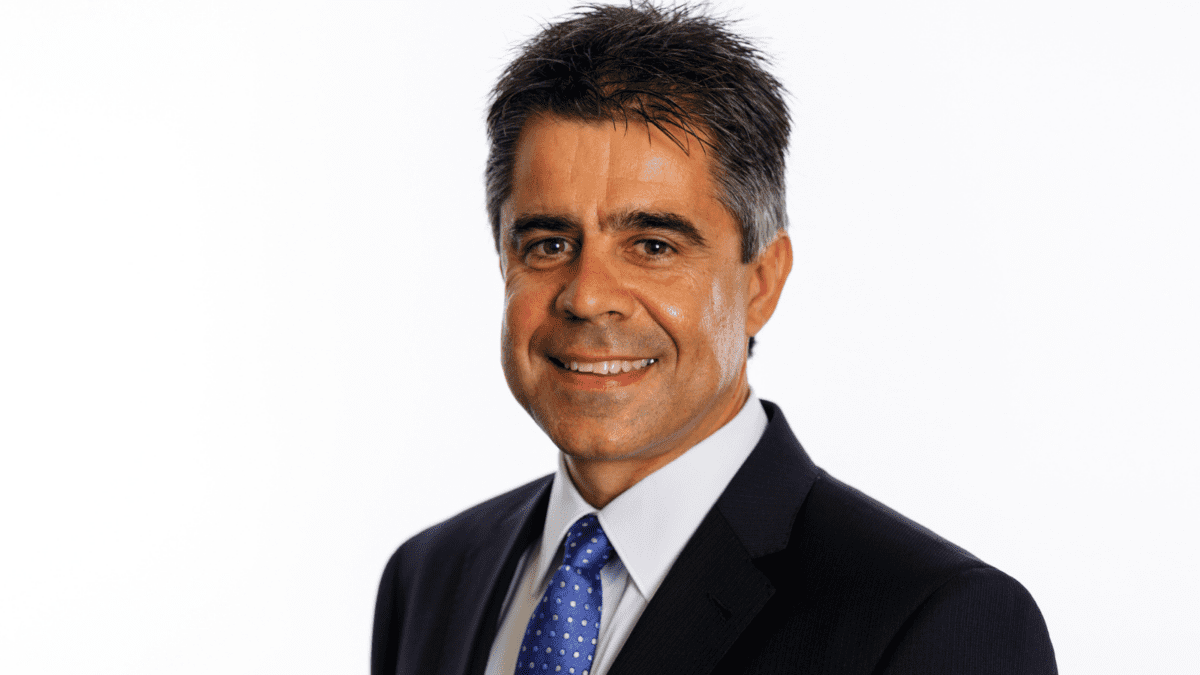Early release of super update, are SMSFs set to boom again?
COVID-19 has had incredible impacts on the superannuation sector, in fact it has become somewhat of an existential crisis for many involved. The Government’s well-meaning but ultimately poorly structured and timed announcement to allow those impacted by the economic shutdowns to access their superannuation early has seen the ‘industry super versus everyone else’ war of words continue.
We have all seen the disappointing scaremongering that has occurred on both sides of the discussion regarding the long-term impacts of withdrawals, in particular the overly aggressive (and since rescinded) modelling of the loss of compound returns.
According to the Australian Prudential Regulation Authority (APRA), cumulative withdrawals under the hardship provisions reached $23.3 billion in early July, nearing the Department of Treasury’s $27.7 billion estimate. It has been estimated that 65% of these withdrawals have come from the union-backed industry sector and just 29% from retail funds like MLC and the embattled AMP. We understand that Australian Super has been the hardest-hit with $2.4 billion paid out to date, with each of Sun Super, Host Plus and CBUS paying out over $1 billion each.
Despite the huge amount of members’ fees being spent on primetime marketing across all media channels, it seems the members of the largest funds are disengaged with their super funds, and simply are not hearing the ‘compounding returns’ message. APRA’s results also indicated that a total of 2.7 million people have applied for the scheme, with 346,000 repeating their withdrawal in the second window as the new financial year began.
Given recent events, there may actually be some merit to these withdrawals; from a devil’s advocate point of view anyway. While the likes of the Head of Industry Super Australia (ISA) Bernie Dean continue the scaremongering, with comments why withdrawing your super early is “a tragedy waiting to happen,” or threatening the population with higher taxes as more young people will rely on the pension 40 years from now, a recent recovery may offer an opportune time to sell.
Given that many market experts, including those who manage money for industry funds, are suggesting market valuations at all-time highs and lower returns are likely for the next decade, then why not withdraw the funds to improve your own position and then increase your contributions later when valuations may be lower? Of course, that won’t work, as most investment models assume that sharemarkets only move in one direction, up.
Looking more closely at a number of individual funds, it was reported in the Australian Financial Review that HOST Plus, among the hardest-hit in withdrawals, had actually revalued its property investments 6.8% higher in the June quarter, despite both retail stores and offices around the country either not paying rent or being completely closed.
Without any specific knowledge of the assets, it would seem that all property is likely to experience a reduction in value in the months ahead, so perhaps members would be better off pulling cash out at current valuations, rather than waiting?
It seems the sector is not responding particularly well to the demands for transparency and member outcomes, despite delivering market leading returns for many years. Perhaps this is why the SMSF sector is making a comeback, as highlighted by James Dunn in this article. This should be further supported by the ATO’s recent reports showing the true cost of running an SMSF is closer to $4,000 a year than the $13,000 previously estimated by ASIC.










